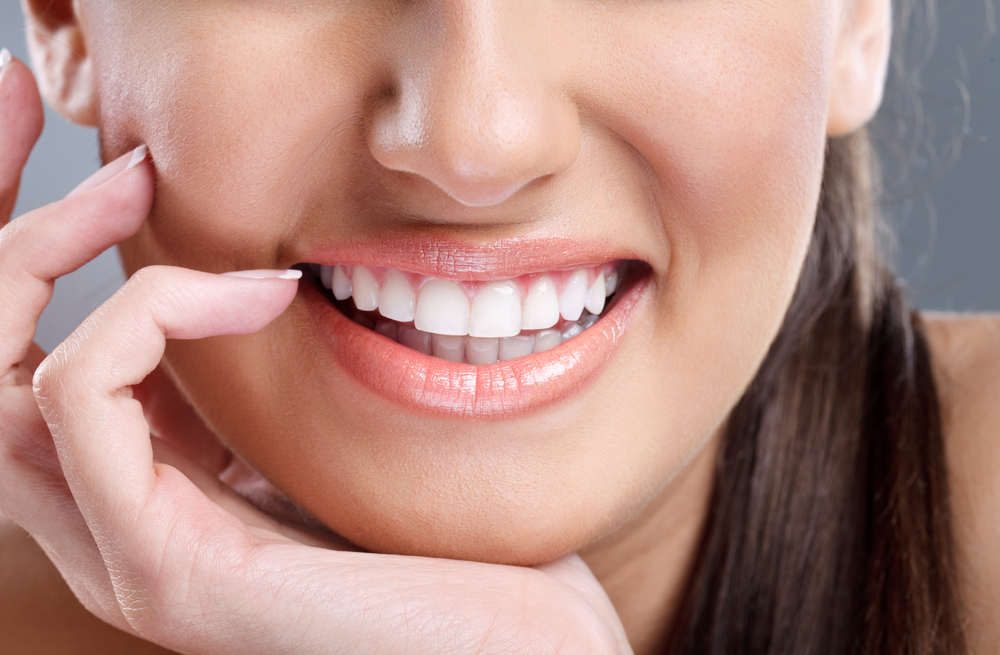What’s The Best Way to Floss
We all know we should floss, but it can be tough. Part of this is because flossing can feel like an extra task in an already busy day, but it...

Professional teeth whitening treatments are one of the quickest and most effective ways to transform your smile. A beautiful, bright smile can light up a room and completely change how you feel about yourself. Professional teeth whitening treatments are the fastest way to remove years of surface stains and discoloration in just one appointment.
If you have dental restorations, you may be wondering if you’re still eligible for teeth whitening treatments. Read on to learn more about teeth whitening treatments and how to avoid damaging previous dental work in the process.
Dental restorations like tooth-colored fillings, crowns, and veneers are all made from an extremely durable stain-resistant material. As such, these types of restorations will be unaffected by the bleaching agents used in teeth whitening treatments. If you plan to get veneers or crowns, you must realize the restorations are made to match the color of your teeth. It may be the ideal time to have your teeth professionally whitened beforehand, so you’re satisfied with the final color of your restorations and your smile.
It’s often recommended to wait for at least two weeks after having teeth whitened before having veneers or other restorative dentistry treatments placed. Whitening does not offer immediate results as teeth require time to set before returning to their healthy state. Waiting for this recommended period for your teeth to stabilize will ensure that your new veneers or crowns will match perfectly with the brighter shade of your newly whitened teeth.
Professional whitening treatments are designed to whiten the enamel of your natural teeth. Discoloration can occur as a result of certain lifestyle choices and other habits. Consuming foods with straining dyes, having beverages like coffee, tea, red wine, and smoking or using tobacco products can all cause tooth discoloration and stains. Discoloration may also result from age or certain types of prescription medications.
Brushing and flossing are the best way to keep your teeth gleaming and bright, along with limiting factors that can cause discoloration. The process of in-office teeth whitening will leave your teeth brighter by up to 3 to 8 shades; however, you may have to schedule several whitening treatments if your desired shade is above a certain level of white. Keeping your teeth bright after whitening treatments can also be maintained using at-home whitening systems to keep surface stains at bay.
Perhaps one of the best reasons to choose professional teeth whitening vs. at-home whitening kits is that professional whitening treatments offer you the results you’re hoping to achieve in a safe and monitored environment. This can be especially crucial if you have dental restorations. Dentists specialize in teeth, so they know exactly what to do to get your teeth to the level you want without damaging previous dental work. At-home whitening kits can be challenging to apply evenly, which can leave nooks and cracks between your teeth discolored. Additionally, not all stains can be removed with the low bleach levels of DIY kits.
When purchasing an at-home whitening kit from a store, you never know what kind of results you’re going to be able to achieve because these kits are not custom-designed for your smile. In-office whitening treatments are trustworthy, and you can rest assured that your teeth are safe and cared for throughout the entire process. Home whitening remedies won’t ever provide the same results as in-office treatments, so invest your time and money where you know it counts.
If you have dental restorations, you should talk with your dentist about the best route for whitening and brightening your smile. Hoffman Dental Care is ready and waiting to help you achieve a brighter and whiter smile today!